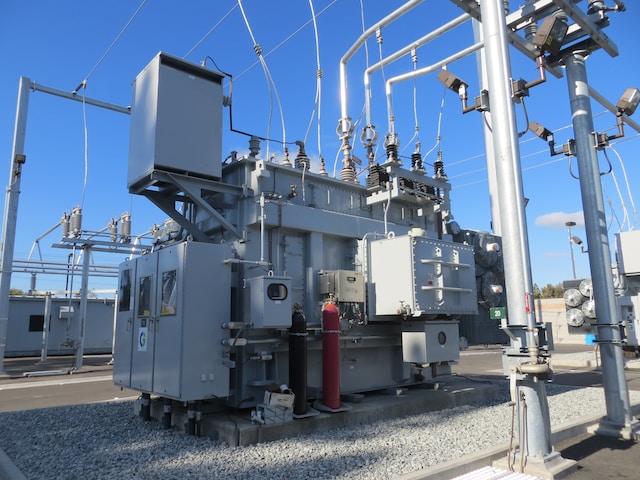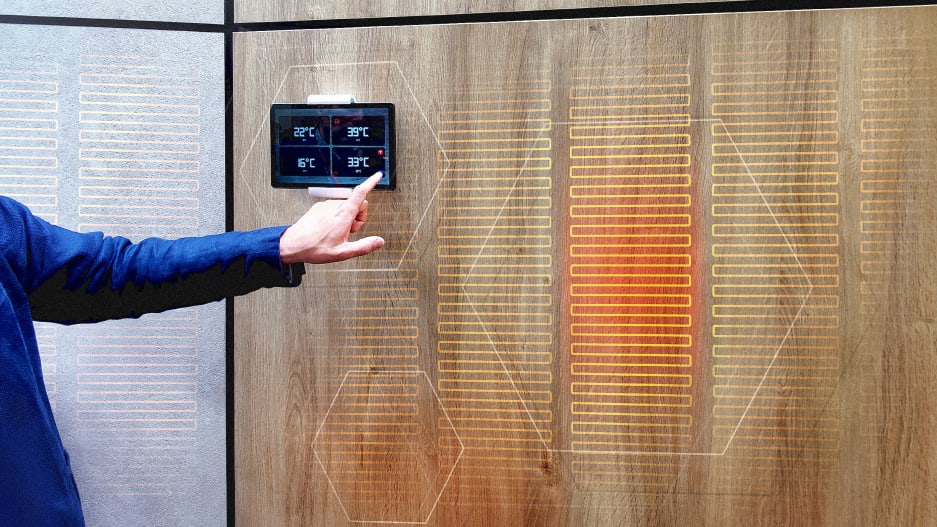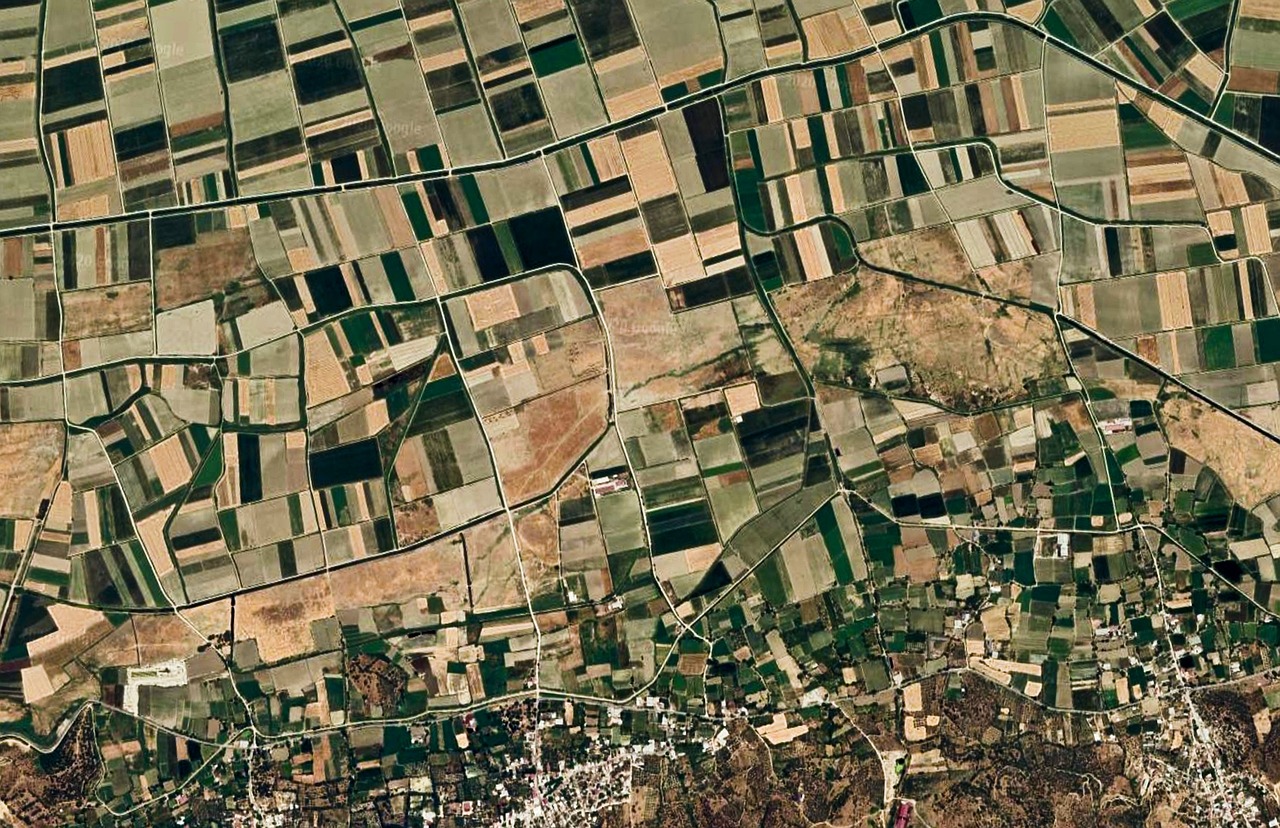In an era where both physical and cyber threats pose significant risks to our critical infrastructure, protecting the electric grid is more crucial than ever. This article will explore various strategies that can be implemented to safeguard our electric grid from such threats.
Understanding Physical and Cyber Threats to the Electric Grid
Envision the electric grid – a vast, intricate network pulsing with energy, propelling modern civilization. It’s more than a technological masterpiece; it underpins our entire infrastructure, driving everything from our home appliances to critical public services.
Now, visualize a storm assaulting power lines, or an unforeseen earthquake upsetting transformers – these are physical threats to the grid. They can trigger power outages, damage equipment, or in severe cases, cause widespread blackouts.
However, threats to the grid aren’t just physical. We also grapple with the hidden peril of the cyber realm. With the grid’s operations linked to complex computer systems, it’s susceptible to cyber threats like malware, ransomware, and data breaches. These threats, though unseen, could severely compromise the grid’s stability and security.
Grasping these threats – physical and cyber – and their potential impact is pivotal in shielding our electric grid. In this crucial task, knowledge becomes our strongest safeguard.
Assessing Vulnerabilities in the Electric Grid
Bolstering the grid’s defense begins with a thorough vulnerability assessment – a ‘health checkup’ for the electric grid.
Physically, weaknesses can arise from aging infrastructure and poor maintenance, similar to an old, neglected car. Outdated transformers, eroded power lines, or rusty transmission towers can break down, particularly in adverse weather conditions. Moreover, crucial facilities like power stations and substations need to be secure from unauthorized access and weather-related incidents; otherwise, they pose significant risks.
In the digital realm, common vulnerabilities within the grid’s computer systems include outdated software, weak passwords, unencrypted data, and a lack of system segregation. Such gaps invite cyber-attackers, potentially causing disruptions or unauthorized access to the grid’s control systems.
The consequences of exploiting these vulnerabilities could range from minor disruptions to large-scale cyber-attacks or catastrophic physical events, leading to blackouts, extensive equipment damage, or compromised grid security. These could have wide-reaching effects, impacting not just the energy sector, but all areas dependent on the grid.
Unraveling these vulnerabilities is a complex task, but a necessary one to fortify the grid against threats, thereby enhancing its reliability and resilience.
Implementing Physical Security Measures
Upon recognizing vulnerabilities, the next step involves implementing physical security measures, likened to fortifying a fortress. A basic yet critical deterrent is perimeter fencing, much like the stout walls of a castle, preventing unwanted access to power stations and substations.
However, this is just the start. Imagine modern surveillance systems, like cameras keeping watch around critical infrastructure sites, and intrusion detection systems that alert operators to any unusual activity. Access control systems, similar to digital gatekeepers, are also essential, ensuring that only authorized personnel can gain entry.
Moreover, regular maintenance and inspections are pivotal, acting like routine checks on our ‘castle walls’ to spot potential weak points before exploitation. This upkeeps the durability and integrity of our defenses.
Disaster planning and response is another critical piece, our action plan in the face of unexpected calamities, helping us return to normalcy swiftly. Substation Security can play a key role in enhancing the physical security of critical infrastructures.
In a nutshell, physical security measures are multi-layered, encompassing strong defenses, vigilant surveillance, and proactive planning, safeguarding our electric grid against physical threats.
Enhancing Cybersecurity Measures
Securing the electric grid extends beyond physical measures to digital defenses or cybersecurity, acting as an unseen shield against cyber threats.
Consider firewalls, functioning as diligent sentries, examining data traffic, and allowing only valid exchanges, much like vigilant watchdogs. Similarly, intrusion detection systems act as network burglar alarms, spotting unusual activity and enabling swift threat response.
Encryption plays a key role in protecting data transmitted over networks, coding it into an unreadable format to anyone lacking the decryption key.
Regular system updates and patches serve as preventative medicine for software, addressing known vulnerabilities, and thus denying easy access points to attackers.
Another aspect of cybersecurity is network segmentation. Visualize it as dividing a ship into watertight compartments to prevent sinking if the hull is breached. This tactic limits potential damage if an attacker infiltrates one part of the system.
In summary, enhancing cybersecurity employs a multifaceted approach—robust defenses, continuous monitoring, data encryption, and proactive software updates, complemented by strategic network design. This digital fortress maintains the security of the electric grid amidst a world rife with cyber threats. However, remember that the entire defense is only as strong as its weakest link, necessitating careful attention and regular upkeep across all facets.
Investing in Employee Training and Awareness
Employees are central to any organization, and within the power sector, they play an essential role in safeguarding the electric grid, operating at both physical and cyber frontlines.
Think of employees as vigilant sentries overseeing our critical infrastructure. Regular training is pivotal, not only for alertness but for understanding the rationale behind security protocols. Questions such as why we use strong, unique passwords, how two-factor authentication enhances security, or why caution is necessary when dealing with suspicious emails should be addressed in training.
However, training should not be seen as a one-time event. As threat landscapes and technologies evolve, so must our training programs. This ongoing education keeps our team informed and ready.
Alongside formal training, establishing a security-centric culture is crucial, providing fertile ground for the principles of vigilance and readiness.
In summary, employee training, coupled with a security-aware culture, transforms our workforce into an additional layer of defense. This proactive approach underscores the importance of the human element in our security efforts, arming our workforce as the grid’s protectors. As the saying goes, a well-trained, security-conscious workforce is a resilient one, key to maintaining the safety and security of our electric grid against physical and cyber threats.
Collaborating with Government and Industry Partners
Securing the electric grid is not a solitary mission, but rather a collective effort that involves the power sector, government agencies, and other industry partners. Given the interconnected nature of our industries, a security breach in one can create ripple effects throughout the entire system, much like falling dominoes. This interconnectedness emphasizes the need for cooperation and information sharing.
Think of this cooperation as a flock of birds: when one is alert to a threat, all others are put on notice and can respond accordingly. The same principle applies here – when a new threat or vulnerability is discovered, sharing this information allows others to fortify their defenses.
Past collaborations have indeed improved grid security, producing better detection methods, quicker response times, and stronger defenses. This demonstrates the power of cooperation in achieving our mutual goal of safeguarding the grid.
Regulations and standards also play a significant role in this collaborative landscape, acting as a rulebook to ensure uniformity and fairness. Adherence to these rules not only strengthens our individual security but also contributes to the overall resilience of the grid.
To sum it up, collaboration with government and industry partners is a vital element in our strategy to protect the grid. It embodies unity in the face of threats, knowledge sharing, and the power of collective strength. After all, this is a team effort, and our united front makes us a formidable force against both physical and cyber threats.
Regularly Testing and Updating Security Measures
Just like fine-tuning a musical instrument, our security measures need regular testing and updating to protect the electric grid effectively. These procedures are not simply routine tasks but a crucial gauge of our readiness and defensive strength. Whether conducting drills for physical security or simulations for cyber defenses, each test helps identify strengths and weaknesses, similar to practice games in sports.
Penetration testing acts like a sparring partner in boxing, testing our defenses by trying to breach them ethically, which helps uncover vulnerabilities and prepare us for real cyber threats.
However, testing is just half the job. Given the evolving nature of threats and strategies, our security measures need continuous updates to stay effective. This continuous evolution is like mapping unknown territories, ensuring we’re never taken by surprise.
In essence, testing and updating security measures is a perpetual cycle of learning, adjusting, and enhancing, keeping our defenses robust against both existing and new threats. In conclusion, routine testing and regular updates are vital for maintaining a secure, resilient electric grid, as the best defense is one that learns, evolves, and stays ahead of threats.
Conclusion
Navigating the seas of threats to our electric grid, we’ve charted a course toward security. Our compass? It’s understanding the threats, scrutinizing vulnerabilities, and mustering defenses both physical and cyber. Our crew? Our diligent workforce, resourceful partners, and vigilant agencies. Our rhythm? A constant cycle of testing and updating, always staying one step ahead. And so, we sail on, ensuring that the lifeblood of our society, the electric grid, stays pulsating, secure, and strong, unyielding to the stormy waves of physical and cyber threats.







